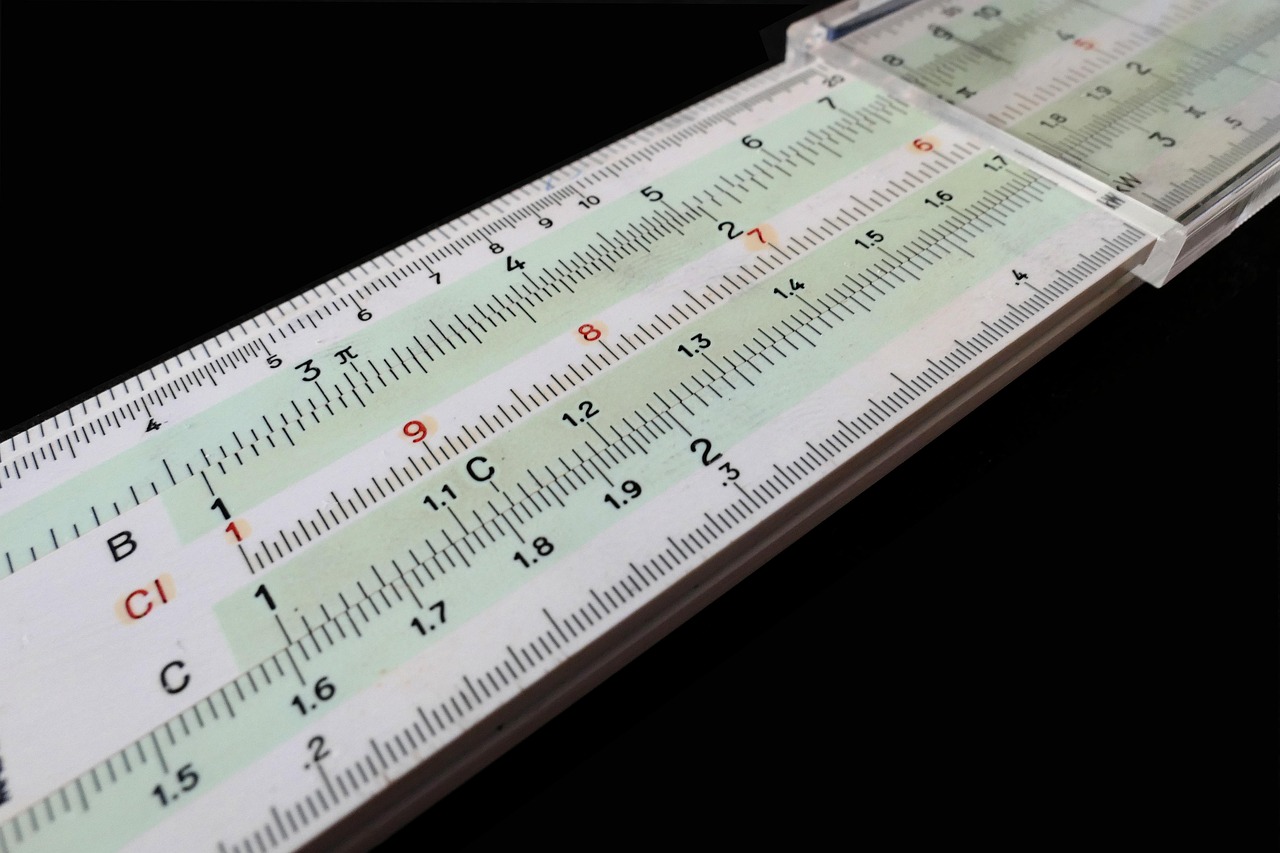In the fast-paced world of business, tracking the right financial metrics daily can be the difference between thriving and just surviving. As business owners juggle countless responsibilities, having a clear picture of financial health allows them to anticipate challenges, capitalize on opportunities, and make strategic decisions backed by data rather than intuition. Financial metrics serve as a compass, guiding owners through the complex maze of expenses, revenues, investments, and customer relationships. Today, with technology offering powerful tools like QuickBooks, FreshBooks, and Xero, monitoring these numbers is more accessible and efficient than ever.
By consistently observing key indicators such as revenue trends, cash flow, profit margins, and customer acquisition costs, business leaders unlock insights into their operations’ efficiency and profitability. This not only provides peace of mind but also builds investor confidence and supports scalable growth strategies. Yet, many owners overlook vital metrics or misinterpret their data, potentially risking fatal errors that affect cash availability, funding, or pricing decisions.
This discussion explores essential financial metrics every business should track daily, detailing their significance, how to interpret them, and the best practices for integrating them into daily workflows. We’ll also highlight modern financial software options, real-world success stories, and emerging trends shaping the future of financial management in business. Whether you lead a small startup or a medium-sized enterprise, understanding these financial indicators is paramount to securing ongoing success.

Critical Financial Metrics Every Business Owner Must Monitor Daily for Sustainable Growth
Daily financial monitoring is not just a luxury but a necessity in today’s business environment. By focusing on specific metrics consistently, owners gain a robust view of their company’s health and swiftly respond to fluctuations. The core financial indicators include revenue, cash flow, profit margins, customer-related costs, and liquidity ratios.
Understanding Revenue and Its Daily Implications
Revenue signifies the total sales generated within a specific period. Tracking this metric daily reveals sales patterns, peak business hours, and the immediate impact of marketing efforts or promotions. This can help owners allocate resources efficiently, anticipate inventory needs, or adjust strategies.
For example, a retail store selling 200 units a day at an average of $45 generates $9,000 in daily revenue. Monitoring shifts in this number might uncover seasonal demand changes or assess the effectiveness of a new advertising campaign. This real-time understanding helps avert potential shortfalls quickly.
- Track revenue by day and product line to identify top performers.
- Compare daily revenue against targets or previous periods.
- Detect sudden dips or spikes indicating market changes.
Using software like Zoho Books or FreshBooks automates sales data capturing, while Microsoft Excel can customize revenue tracking models to fit specific business needs.
Daily Monitoring of Cash Flow for Operational Stability
Cash flow stands as the cornerstone of business survival. It outlines how much cash enters and leaves your business daily, affecting your ability to meet expenses and invest. Positive cash flow indicates healthy operational momentum, while negative cash flow can signal looming financial trouble.
Effective cash flow management involves categorizing cash movements into:
- Operating Activities: Daily business transactions like sales and supplier payments.
- Investing Activities: Purchase or sale of assets.
- Financing Activities: Loans, equity, or dividends.
Consider a SaaS startup that receives $30,000 in daily subscription payments but pays $25,000 for staff salaries and cloud hosting. The daily cash flow of $5,000 enables the business to maintain smooth operations and save for future investments.
QuickBooks and Xero excel in providing real-time cash flow dashboards, alerting owners to potential deficits before they escalate.
| Cash Flow Type | Daily Inflows | Daily Outflows | Net Daily Cash Flow |
|---|---|---|---|
| Operating | $30,000 | $25,000 | $5,000 |
| Investing | $2,000 | $4,000 | -$2,000 |
| Financing | $0 | $500 | -$500 |
Profit Margins: Gross and Net Profit for Daily Profitability Insights
Tracking profit margins daily offers insight into how effectively your business manages costs and generates actual profit. Both gross and net profit margins serve complementary roles:
- Gross Profit Margin = (Revenue − Cost of Goods Sold) / Revenue × 100%
- Net Profit Margin = Net Profit / Revenue × 100%
For a manufacturer with daily revenue of $20,000 and production costs of $12,000, the gross profit margin is 40%. If all other expenses amount to $5,000, the net profit margin stands at 15%. These figures help evaluate pricing strategies, supplier negotiations, and operational efficiency.
Many companies leverage Sage Intacct or NetSuite for comprehensive profit analysis and reporting. However, even Wave and Kashoo offer scalable options suitable for startups focusing on profit tracking.
Customer Metrics to Track Daily: Acquisition Cost and Lifetime Value
Metrics related to customers provide clues about marketing performance and long-term business sustainability. Two crucial indicators are:
- Customer Acquisition Cost (CAC): Total marketing and sales expenses divided by the number of new customers acquired.
- Customer Lifetime Value (CLV): The predicted net revenue a customer will generate during their entire relationship with the company.
For instance, if a company spends $10,000 daily on promotions and gains 200 new customers, the CAC equals $50 per customer. Estimating a CLV of $1,200 for those customers helps evaluate if marketing efforts are economically justified.
Business owners using FreshBooks and Zoho Books benefit from integrated customer management tools that calculate these metrics with ease. Microsoft Excel templates remain popular for detailed custom analysis.

Essential Financial Ratios Every Business Owner Should Track Daily
Financial ratios synthesize complex numerical data into succinct indicators that reflect overall business health. Among these, debt-to-equity and current ratios stand out for their significance in risk assessment and liquidity management.
Exploring the Debt-to-Equity Ratio for Risk Awareness
The debt-to-equity ratio measures the level of a company’s financial leverage by comparing total liabilities to shareholder equity. Monitoring this daily allows quick responses to funding risks, helping to maintain a balanced capital structure.
For example, if total liabilities amount to $100,000 and shareholder equity to $200,000, the ratio is 0.5, indicating moderate leverage. A rising ratio beyond industry benchmarks could signify over-reliance on debt, potentially deterring investors.
This ratio complements benchmarks used during financial strategy evaluations found at CF Concept’s strategy insights. Tools like NetSuite and Sage Intacct provide automated ratio calculations and alerts for immediate action.
Current Ratio: Daily Liquidity Check to Meet Short-Term Obligations
The current ratio compares current assets to current liabilities, guiding an understanding of whether a firm can cover its short-term debts. An ideal daily current ratio is generally above 1.5, although this varies by industry.
Say a business has $60,000 in current assets (cash, receivables, inventory) and $30,000 in current liabilities, yielding a current ratio of 2. This indicates solid liquidity. If the ratio suddenly drops below 1, urgent corrective measures may be required to prevent cash flow crises.
Monitoring this ratio daily helps navigate seasonal dips or unexpected expenses gracefully. QuickBooks and Wave offer user-friendly interfaces for real-time liquidity tracking.
| Financial Ratio | Formula | Significance | Example |
|---|---|---|---|
| Debt-to-Equity Ratio | Total Liabilities / Shareholder Equity | Measures financial leverage and risk | 30,000 / 60,000 = 0.5 |
| Current Ratio | Current Assets / Current Liabilities | Assesses liquidity and ability to fulfill short-term obligations | 40,000 / 20,000 = 2.0 |
Technology and Tools Empowering Daily Financial Metric Tracking
Incorporating the right technology dramatically enhances the accuracy and efficiency of daily financial monitoring. Software platforms simplify data aggregation, provide insightful dashboards, and enable smooth report generation.
- QuickBooks: Popular for small to midsize businesses, integrates invoicing, expense tracking, and real-time reports.
- Xero: Cloud-based with intuitive bank reconciliation and customizable reporting.
- FreshBooks: Designed for service businesses, excellent time and expense tracking.
- Zoho Books: Offers workflow automation and strong collaboration features.
- Wave: Free accounting software with solid invoicing and receipt scanning capabilities.
- NetSuite & Sage Intacct: Enterprise-grade financial management and analytics.
- Kashoo & GnuCash: Cost-effective options for startups and freelancers.
- Microsoft Excel: Offers unparalleled flexibility with custom spreadsheets and financial modeling.
Selecting the right tools depends on your business size, complexity, and industry demands. Combining automated software with expert advice ensures your financial insights translate into actionable strategies.
Avoiding Common Pitfalls in Daily Financial Monitoring
While numerous metrics and tools exist, the real challenge lies in consistent and accurate interpretation. Business owners often falter in key areas, undermining the potential of well-tracked data.
- Neglecting Cash Flow Updates: Failing to monitor daily inflows and outflows risks unexpected shortages.
- Overemphasis on Revenue Alone: High sales don’t guarantee profitability without expense control.
- Delayed Data Entry: Outdated financial data blurs real-time visibility.
- Ignoring Customer Acquisition Costs: Untracked CAC may lead to inefficient marketing spend.
- Skipping Ratio Analysis: Missing liquidity or debt warnings can threaten business stability.
Combining regular staff training with well-chosen software enhances data quality. Frequent reconciliations and analytics reviews foster a proactive financial culture vital for adaptation in 2025’s market conditions.
| Common Mistake | Impact | Prevention Strategy |
|---|---|---|
| Ignoring Cash Flow | Unexpected liquidity crises | Daily cash flow tracking with alerts |
| Focusing Only on Revenue | Missed profit leaks | Include profit margins in daily reviews |
| Outdated Financial Data | Poor decision-making | Automate data entry and real-time reporting |
| Overlooking Customer Metrics | Inefficient marketing spend | Incorporate CAC and CLV in dashboards |
| Neglecting Ratio Analysis | Unanticipated financial risk | Set alerts for key ratio thresholds |
Frequently Asked Questions About Essential Daily Financial Metrics
- Q: How often should a small business owner update financial metrics?
A: Ideally, some key metrics like cash flow and revenue should be monitored daily, while others such as ratios can be reviewed weekly or monthly depending on business size. - Q: Can I rely solely on software for financial analysis?
A: While software like QuickBooks or Zoho Books provides accurate data, expert interpretation remains critical for strategic decision-making. - Q: What is more important to track: revenue or profit margin?
A: Both are vital; revenue shows sales volume, but profit margin reflects true profitability after expenses. - Q: How do customer acquisition cost and lifetime value help in budgeting?
A: CAC helps allocate marketing expenditure efficiently, while CLV informs long-term customer value and retention investments. - Q: Are real-time dashboards worth the investment?
A: Yes, they provide immediate financial insights that help prevent problems and optimize opportunities swiftly.


